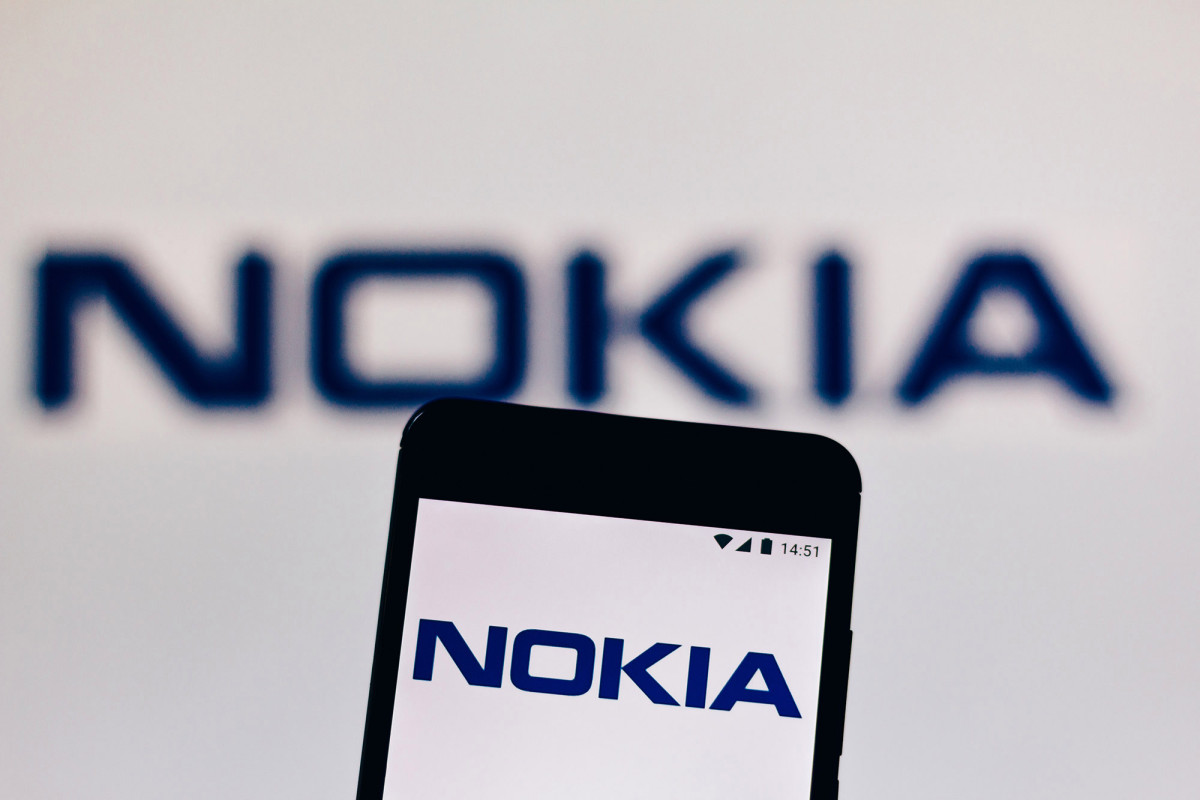An astronaut exploring the space tweets his selfies with the rover. An astronaut posts beautiful shots of the Moon from space and streams videos in vacuum. These things will soon turn from imagination to reality.
NASA and Nokia have teamed up and planned to set up a 4G network on the Moon as a solution to internet connectivity problems.
The research wing of Nokia, Bell Labs has been selected by NASA as a partner to advance the “Tipping Point” technologies for Moon. Around $14.1 million has been granted for the project to build and deploy the first wireless network at the Moon that will start with 4G/LTE technology and would soon evolve to 5G.
NASA says that the idea of installing 4G and 5G network on the Moon has been inspired by the “terrestrial technology”.
NASA further added that Nokia has proposed to deploy 4G/LTE communication system in space. The system will support lunar surface communications at greater distances and increased speeds and offer more reliability than the present standards.
Bell Labs said in a tweet that they are excited to have been named as a key partner by NASA to advance “Tipping Point” technologies for the Moon and make a way towards the sustainable human presence at the lunar surface.

In another tweet, they said that the pioneering innovations would be used for building and deploying the first wireless network at the Moon which will start with 4G/LTE technologies and will later evolve to 5G.
Bell Labs, terming it as a “groundbreaking network” stated that it would be the critical communications fabric for data transmission applications which includes the control of lunar rovers, real-time navigation of lunar geography and video streaming in high definition.
The LTE network has been designed to withstand the excess temperature, radiation and vacuum conditions at the space.
Also, it will withstand the sizable vibrational impact at the launch and landing at the lunar surface.
Bell Labs stated that the mission would validate the future of operational deployments and potential for human habitation on the Moon.
NASA is planning to build a lunar base and sustain the human presence on the Moon. $370 million has been awarded to some companies by the agency to deploy the technology on the surface of the Moon which includes cryogenic freezing, remote power generation, robotics and 4G. The address the problems of energy storage, communications, surface power generation and others.
NASA said that the their Space Technology Mission Directorate or STMD would negotiate with companies to offer milestone-based firm fixed-price contracts that would last for around five years.

